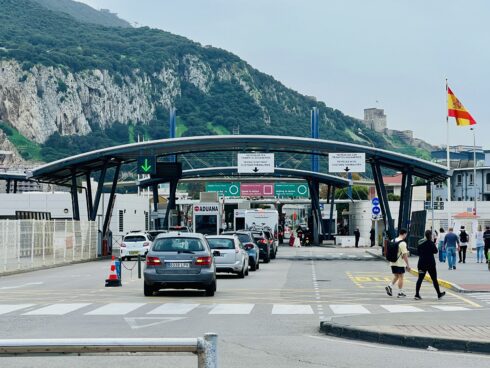IT was billed as the biggest outpouring of emotion against the abortion law yet.
Organisers claimed that millions poured through the streets of Madrid in an anti-abortion protest last week, while the media and police estimated numbers of around 250,000.
In fact, just 55,316 brave souls made it onto the streets to oppose the government’s plan to increase the legal period from 14 to 22 weeks, according to an independent company Lynce that has found a scientific answer to estimating crowd numbers.
So good are Lynce’s methods that the national press agency Efe, has now issued a statement insisting that even the police and media exaggerated numbers by five times.
The company has revealed how it calculated the numbers after taking 300 aerial photos at the demonstration.
Lynce director, Juan Manuel Gutiérrez confirmed that the protesters used two video cameras, four still cameras and a zeppelin to fly over the march.
Computer software then split groups of protesters into bunches and numbered them individually.
Although there is still a margin of error involved in the calculations this is only 15 per cent.
This means the total number of demonstrators at the march could only have been a maximum of 63,300, still well below the figures estimated by official sources.
Guitiérrez set up his company because he was angry about the fact that no one seemed to be able to produce accurate statistics about marches and protests.
The figures would range from thousands to millions. He felt everyone would publish what they wanted and no one would question the sources.
A spokesman for Efe confirmed that the agency had carefully evaluated the programme, before using it for the first time at the march.
The software allocates a unique identification number to each individual silhouette, which means that the vast majority of protesters are counted.
Click here to read more News from The Olive Press.





